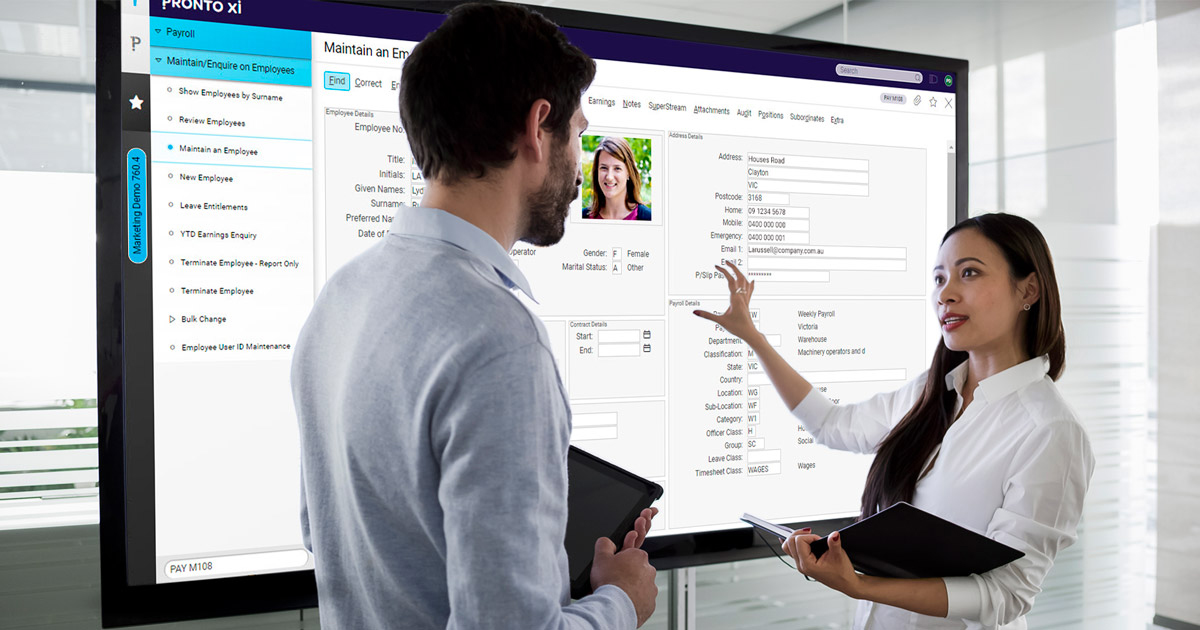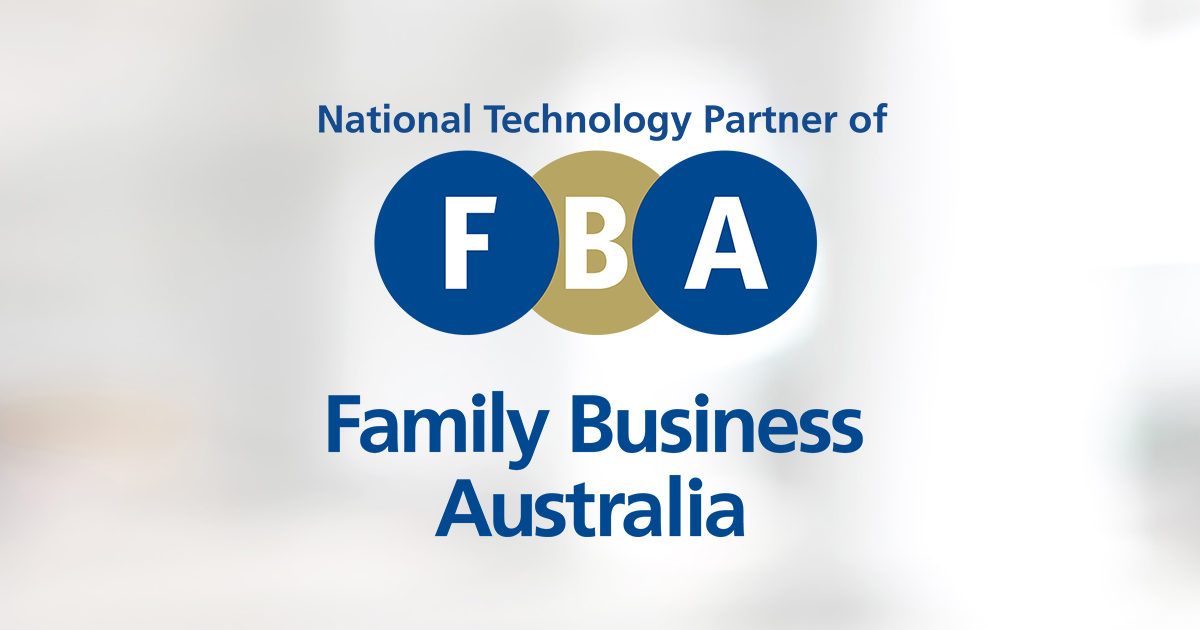Single Touch Payroll Phase 2: An employer’s guide to the mandatory changes

Single Touch Payroll (STP) Phase 2 is being rolled out and while the mandatory start date is 1 January 2022, the changes are now law and impact how a business reports to comply with legislation in the 2021/22 payroll year.
The initial implementation of STP in 2018 was one of the biggest changes since the introduction of Pay As You Go (PAYG) withholding system introduced in 1999. STP is a significant step in the digitisation of reporting from Australian businesses to government departments. Employers began to use their payroll software solution to report salary or wages, PAYG withholding and superannuation information directly to the Australian Taxation Office (ATO), at the same time employees were paid. A payroll software application designed specifically for Australian legislation helps a business manage multiple pay runs, accurately process time sheets and leave requests, maintain up-to-date employee records & more.
The Australian Government has indicated that the intention of STP Phase 2 is to:
- reduce the reporting burden for employers who need to report information about their employees to multiple government agencies
- improve visibility of payroll data to support the administration of the welfare system
What is changing for employers?
Key benefits and features of STP Phase 2 include:
- reducing the duplication of information employers provide to Government which will also reduce unnecessary interactions including
- incorporating the reason for an employee ceasing employment to reduce the need for separation certificates
- reporting child support garnishee and deduction amounts voluntarily through STP instead of a separate manual remittance process
- removing the need to send tax file number and withholding declaration information to the ATO – this will now be captured in the employment conditions section of the STP report
- better defining the components that make up gross income that will
- make it easier for employers to understand their obligations
- ensure consistency of reporting across the various income types.
- reporting employee payments by income type (or income streams) including
- salary and wages
- foreign employment income
- closely held payees
- working holiday maker.
What is changing for employees?
The additional data provided by STP Phase 2 will also assist the ATO and Services Australia with audit activities and help to further streamline business processes. For example, Services Australia will be able to better ensure income support recipients receive correct payments. It will also reduce the amount of paper forms processed and reduce the need to contact employers. Key benefits indicated by the ATO include:
- simplifying tax time for employees with better visibility of the types of income they’ve received and where it should be pre-filled on their individual income tax return
- over time, the new information reported will allow the ATO to inform employees about incorrect information that may lead to them getting a tax bill.
- reduced effort and error in calculating and reporting income for the purposes of income support payments
- improved accuracy and timeliness of payments
- greater visibility on how changes to income affect entitlements
- reduced possibility of employment income related debts
As with any change, thorough knowledge and preparation is key. These additional resources from the ATO may be helpful, including information about applying for a deferral if your business may not be able to meet the mandatory start date of 1 January 2022:




Let's stay connected
Be the first to receive our resources, including news about your industry.


